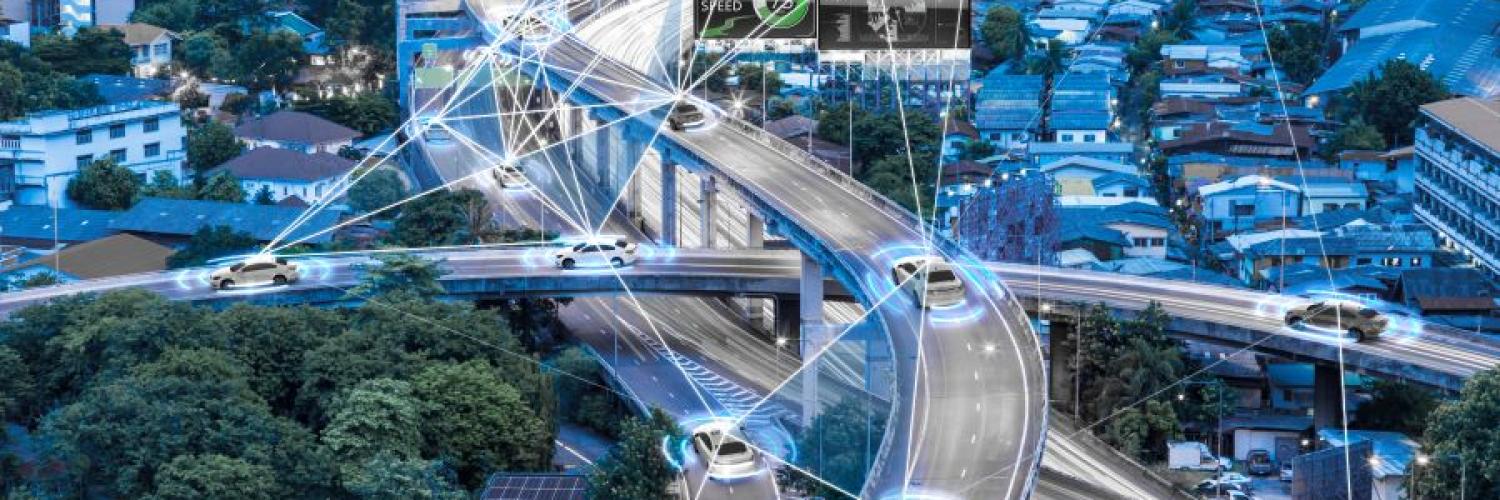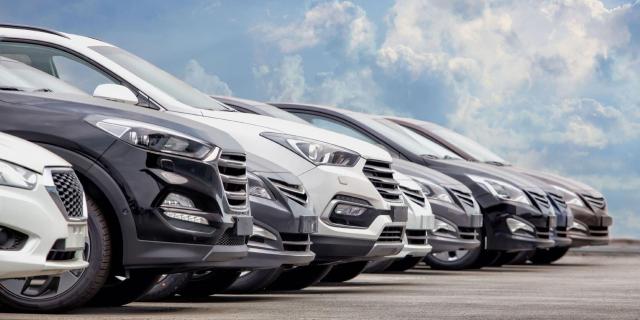Aujourd'hui, nos smartphones gèrent nos vies, de la planification à la réservation, en passant par le paiement de biens et de services. Et bientôt, nos véhicules seront en mesure de faire de même.
L'IA et la technologie de connectivité dans les voitures ont permis des percées dans l’agrément de conduite, le confort, l'efficacité et la sécurité du conducteur et des passagers.
Les acheteurs de voitures et les gestionnaires de parcs automobiles accordent désormais une grande valeur aux fonctions de connectivité et aux logiciels, et pas seulement aux performances des véhicules.
Et à mesure que les capacités techniques augmentent, les avantages de la technologie des véhicules connectés deviendront encore plus importants. Lire la suite ci-dessous.
Breakthroughs in features for cars and mobility driven by AI and connectivity
Today, our smartphones allows us to share, hail, and order vehicles and goods. In some cases, our vehicles do, too.
But there are even more potential features for cars and mobility, driven by AI and connectivity. These technologies are allowing for key breakthroughs in driver and passenger convenience, comfort, efficiency, and safety.
Leveraging the increasing connectivity and computing power of modern vehicles, automakers and suppliers have already explored many technology-enabled consumer services: For example, remote unlocking – including for in-car package delivery, remote starting and charging, and even locating available parking spots while driving – are becoming commonplace features. Just as Advanced Driver Assistance Systems are.
Whereas just a few years ago, many buyers might still have valued a vehicle’s performance, efficiency, or styling, today’s car buyer places a greater value on connectivity and software features.
According to a Deloitte study from 2021, over half of Germans expect regular traffic updates, maintenance updates, and over-the-air vehicle software updates from their car.
And these features are especially important to fleet managers as well. Traffic updates lead to better route-choices. And over-the-air updates can lead to significant improvements in fleet uptime.
Over 350 vehicle recalls were announced in Europe by manufacturers in 2021 – a sixfold increase over the last ten years. Today, recalled vehicles are often out of service for several days at a time. Many of these recalls can now be avoided with over-the-air (OTA) updates, which will save fleet managers many days of downtime.
So connectivity technology not only saves time and money for the fleet manager, but it can make the driver’s life easier as well.
So-called V-commerce, or in-vehicle-payments, are a way to pay for parking, congestion charges, road-user charges and other tolls without stopping or using a smartphone. For example, ‘Liber-t’ is already a widely used in-car payment method for motorway tolls. This technology is now being explored for newer use cases, such as EV charging, which can be made even quicker and more comfortable. Connected cars know their energy levels and the location of the next charger, and can proactively recommend a nearby station.
According to a Ptolemus Consulting from 2021, 600 million connected vehicles are predicted to generate in-car payment transactions of €500 billion by 2030.
Using AI and a connection to the driver’s calendar, the connected car could even suggest the best time for a charge, in order to optimise a user’s journey.
Charging ports can be connected automatically, even while the driver stays in the car to enjoy a movie or a video-game. While parked, the driver of a 5G connected could even choose to stream full 4k video in vehicles, as the vehicle charges.
While the upgrade from 4G to 5G is not essential to autonomous, or even connected cars, 5G networks are a significant enabler for the future of driving.
As is Artificial Intelligence (AI).
Vehicles that know their charging or maintenance levels can leverage additional user data to proactively suggest the best time to conduct repairs or maintenance.
Knowing the user’s behaviours and patterns would even allow the car’s AI to suggest travel alternatives, as the car is being repaired. Perhaps the system would book a rental car, but it might also recommend other mobility-as-a-service options such as ridehailing, carsharing, or even a bicycle for the next trip.
Mobility-as-a-service options – whether as part of car-ownership or even as an alternative to car-ownership – will become even more attractive, as they aggregate information from both the user, and the environment.
AI is a key enabler for autonomous vehicles. Using LiDAR, radar, and cameras to generate comprehensive images of a vehicle’s surroundings already allows for software to drive passengers and goods.
Countless robotaxi pilot projects are underway across the world. But the bigger use-case may well be commercial. Logistics companies can leverage AI throughout their value-chain. From optimising delivery routes, to securing vehicles, to making actual last-mile deliveries, AI can be the key to unlocking Billions in efficiency gains across logistics.
AI can already be an efficiency driver for every fleet manager today. By analysing fleet usage patterns, manufacturers, lessors and dealers can better optimise the vehicles used within a company.
In case of an accident, chatbots and cameras would immediately check upon the health of the passengers and driver in case of an accident.
Connected vehicles automatically report accident information to emergency services, and to insurers. And as insurers develop new cover types for connected and AI-enabled vehicles, policies would be automatically adjusted as a result of incidents, or also driving behaviour – whether it’s a human driver or a robot.
Although it hasn’t yet taken over the driving role itself, AI has already become every driver’s co-pilot. Advanced driver-assistance systems (ADAS) features such as lane departure control and adaptive cruise control are commonplace, and driver awareness monitoring is becoming more established.
Rather than making robots driver more like humans, perhaps the key to safety is making humans drive more like robots?
We can safely assume that all new vehicles will be fully, and bidirectionally connected to the Internet. Not because they are mandated to do so, but because the safety and efficiency benefits of connected technology are clear.
Vous voulez lire d'autres nouvelles d'Arval Mobility Observatory ?
Vous pouvez trouver leur newsroom ici.




